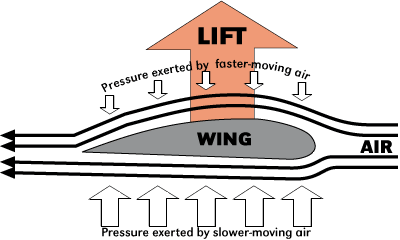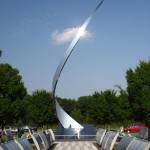Destin from Smarter Everyday just got back from a trip to the jungles of South America to capture some high speed footage of macaws and parrots. He was helping researchers figure out some odd feeding habits caused by a mineral shortage on the western side of the continent. It turns out that the moisture required to sustain the rain forests comes from the Atlantic ocean to the east. By the time it reaches the west coast of South America, the sodium content of the rain has dropped to almost nothing. The macaws and parrots then don’t get enough sodium from the fruit that they eat and have to resort to eating clay.
Of course since Destin is an engineer by trade and nature, he went through the footage to see if he could learn anything about bird flight. When birds glide, their wings have the same foil shape as airplane wings:


